Scott #32 is a significant stamp in the United States postal series, characterized by its Type II design. It mirrors the design of Scott #14 but is differentiated by its perforations. This stamp is notable for its historical usage and distinctive design characteristics, playing a crucial role in the mid-19th-century postal system.
Design & Print
The Type II design of Scott #32, similar to Scott #14, exhibits unique design features that set it apart. While the top lines above the “X” numerals are complete, similar to Scott #31 Type I, Scott #32 is distinguished by its partially cut away shells at the bottom and a wider break in the bottom line of the label. These design elements reflect the nuanced printing techniques of the era, highlighting the gradual evolution in stamp design aimed at improving functionality and aesthetic appeal.
Postal Usage
Scott #32 was typically used to pay the half-ounce, over-3,000-mile rate, making it an essential stamp for long-distance domestic mail. Its ten-cent denomination was particularly crucial for coast-to-coast deliveries and other substantial postal requirements. The earliest known date of use of Scott #32 is September 5th, 1857, indicating its active role in the postal system during this period.
Identification
Identifying Scott #32 as a Type II design requires careful examination of specific design details. The presence of partially cut away shells at the bottom and a wider break in the bottom line of the label are key features distinguishing Scott #32 from Scott #31. Additionally, the complete top lines above the “X” numerals are indicative of its Type II classification. These subtle yet definitive characteristics are essential for accurate identification and categorization in philatelic collections.
Scott #32, with its Type II design and historical significance, is an important piece in U.S. postal history. Its unique design features, coupled with its role in facilitating long-distance mail, underscore its value in the narrative of American philately. Understanding the nuances of Scott #32’s design, postal usage, and identification provides a comprehensive perspective on its place in the broader context of American postal history and collection.



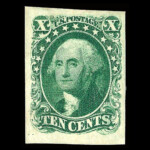
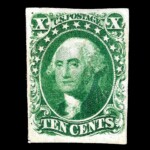

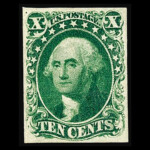
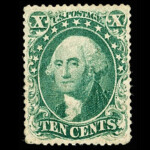

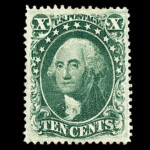
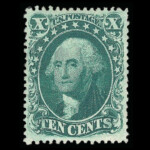
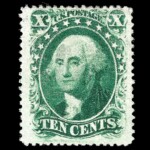
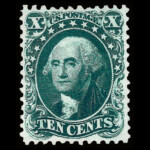
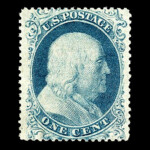
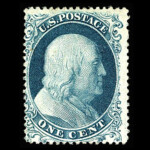
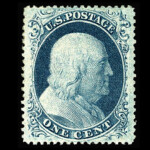
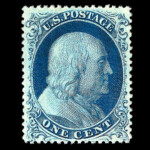
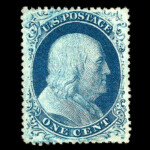
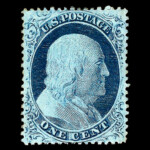
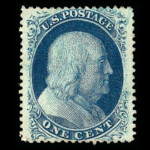
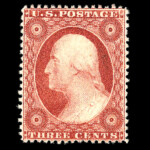
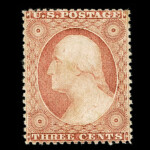
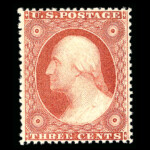
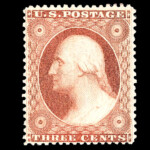
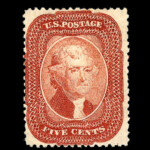
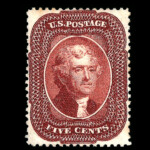
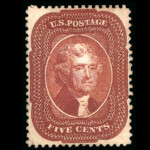
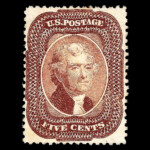
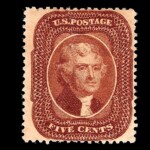
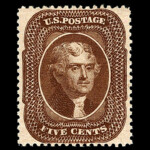
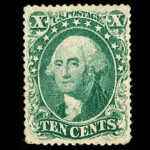
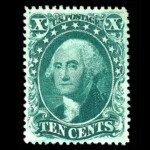
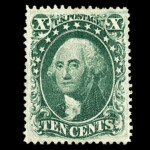
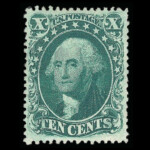
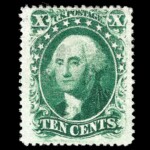
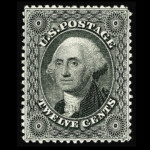
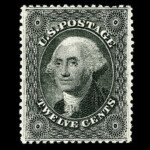

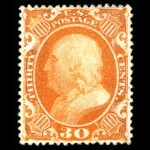
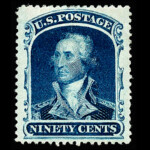




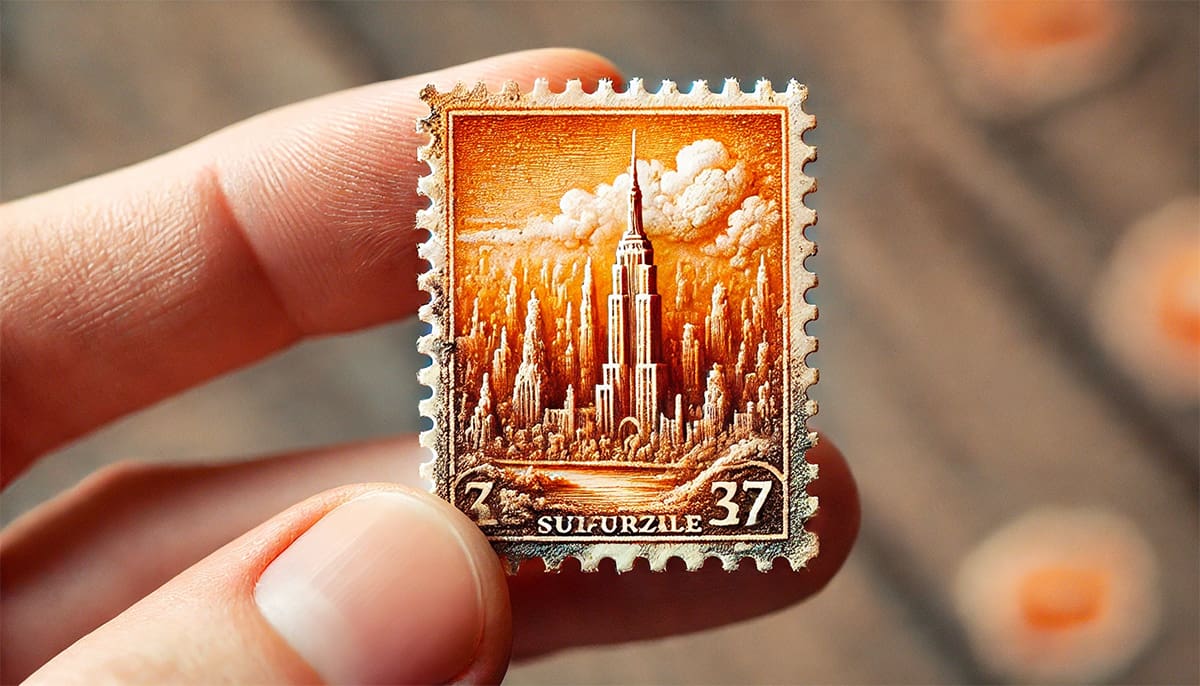




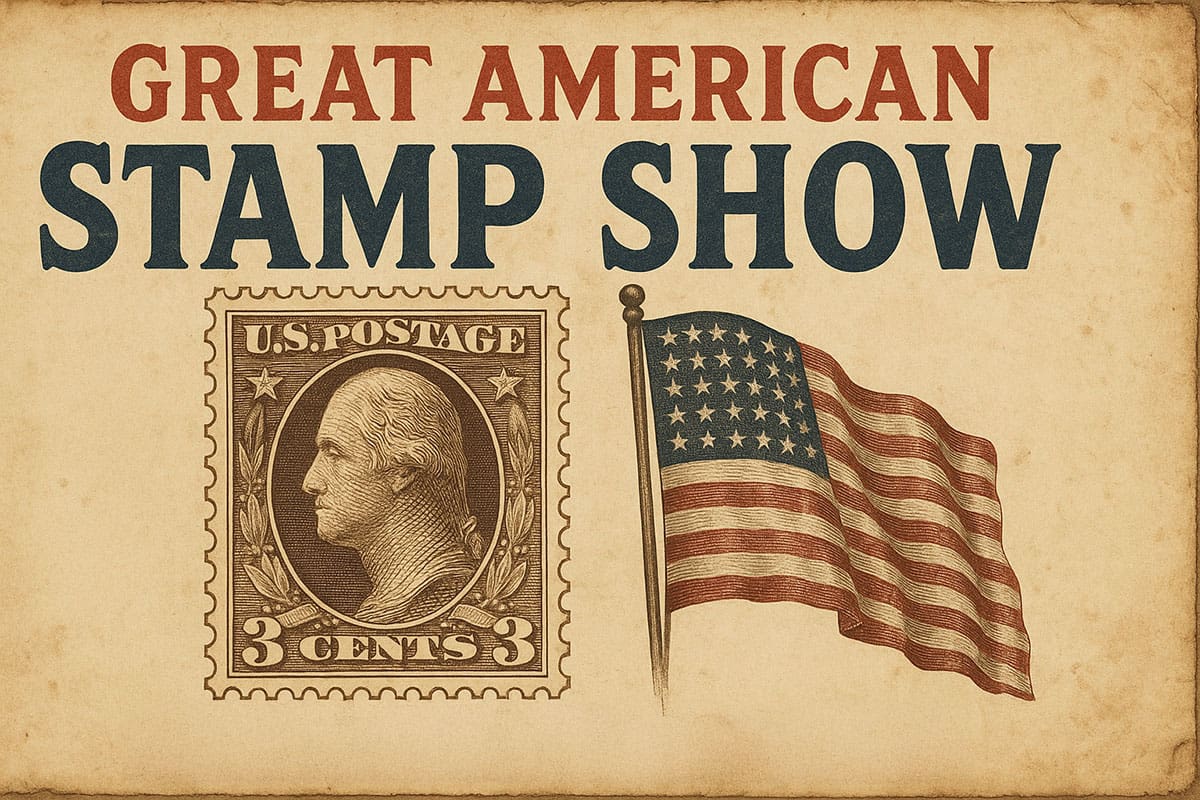


Ask A Question Or Leave A Comment